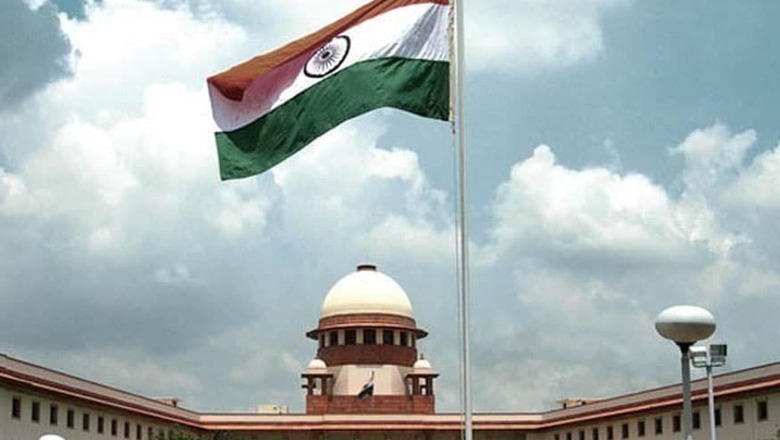
views
New Delhi: It was the Asaram Bapu case which had turned the nation’s attention towards witnesses who face continuous threats and attacks on their family and their own lives.
Making this case as base for a petition in the Supreme Court, a group of petitioners had argued that it is time India has a witness protection scheme in place, and in a landmark verdict, a bench of Justices AK Sikri and Abdul Nazeer have approved the Witness Protection Scheme 2018.
The top court ruled that the scheme would be law under Article 141/142 of the Constitution, until the enactment of suitable Parliamentary and/or State Legislations on the subject.
What makes the witness protection scheme one of most landmark orders to be implemented in the recent times? The scheme was framed by the central government based on the inputs received from 18 states/union territories, 5 states legal services authorities and open sources — including the civil society, three high courts and police personnel.
The report puts witnesses in three categories:
Category A: Where the threat extends to life of witness or his family members and their normal way of living is affected for a substantial period during the investigation/trial or even thereafter.
Category B: Where the threat extends to safety, reputation or property of the witness or his family members, only during the investigation process or trial.
Category C: Where the threat is moderate and extends to harassment or intimidation of the witness or his family member's reputation or property, during the investigation process.
The draft report, which was prepared by the NALSA and BPR&D, finds a complete mention in the SC verdict.
The petitioners had stated that as many as 10 witnesses had been attacked and three killed in the Asaram Bapu case.
In the new scheme ushered in, when an application will be received by the competent authority, it shall forthwith pass an order for calling the threat analysis report from the commissioner of police or the SSP in the district police investigating the case.
This threat analysis report marks a watershed moment in the witness protection mechanism of the country.
Now, depending on the urgency in the matter owing to imminent threat, the competent authority can pass orders for interim protection of the witness or his family members during the pendency of the application.
The scheme notes that the threat analysis report “shall be prepared expeditiously”. Further, it is now a law that while investigating the case, full confidentiality will be maintained and it shall reach the competent authority within five working days of receipt of the order.
In October this year, Kuriakose Kattuthara, a priest who was a witness in the rape case against Bishop Franco Mulakkal, was found dead. His body was found in Dasuya near Jalandhar in northern Punjab. Mulakkal, who denied the charges against him, was recently relieved of his duties at the Jalandhar Diocese.
It was cases such as these that became a trigger for the need to bring in a witness protection scheme. With the new scheme in place now, safeguards for the witnesses are abundant.
Now, it is to be ensured that the witness and accused do not come face-to-face during the investigation or trial. There would also be a monitoring of witness’ mails and telephone calls, an arrangement with the telephone company to change the witness’ number or assign an unlisted telephone number, and also installing security devices in the witness’s home such as security doors, CCTV, alarms, fencing etc.
Even the names of the witnesses will now be have to be concealed – either with a complete change of name or an alphabet.
However, the step of using specially designed vulnerable witness court rooms which have special arrangements like live links, one-way mirrors and screens apart from separate passages for the witnesses and accused would be a welcome step in allaying fears of the vulnerable witnesses.
There will also be an option to modify the facial image of the witness and to modify the audio feed of the witness’ voice, so that he/she is not identifiable.


















Comments
0 comment